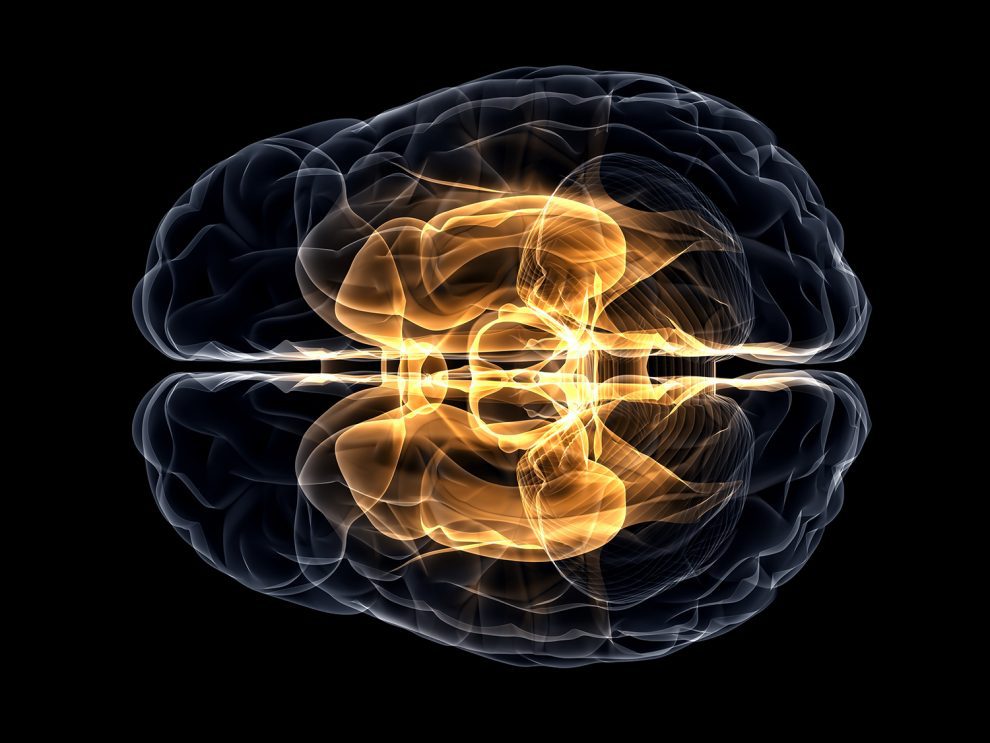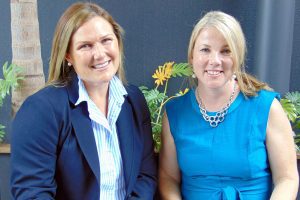Australian researchers say they have made a promising step in the future treatment of Alzheimer’s disease after discovering ultrasound can effectively and safely deliver drugs to the damaged brain.
Scientists at the Queensland Brain Institute found the non-invasive technique successfully penetrated the blood-brain barrier to deliver a therapeutic antibody to the brain.
This then slowed the progression of Alzheimer’s disease in mice, according to a study published in journal Brain.
One of the major challenges inhibiting the treatment of Alzheimer’s is that the majority of drugs designed to treat the brain disease don’t make it into the brain.
“Ultrasound safely opens up the blood-brain barrier just a tiny bit and just for short time to let the antibody into the brain and importantly into the nerve cells where the damage occurs,” said professor Jurgen Gotz lead researcher at the QBI.
Alzheimer’s disease is the most common form of dementia, with the number of dementia cases in Australia expected to rise to 900,000 by 2050.
Using scanning ultrasound technology, researchers at QBI delivered an antibody that specifically binds to a protein called tau implicated in the progression of Alzheimer’s disease.
Combining ultrasound with the antibody treatment was more effective than either treatment alone in removing the toxic protein clumps, say the researchers.
“We ultimately hope in the coming years to develop an ultrasound device that is not too bulky and can also be used to treat local patients. This device may clear toxic tau in patients on its own or it may be used by delivering therapeutic agents such as drugs or antibodies,” said Gotz.
This will have enormous benefits by making expensive treatment more cost-effective, says lead author Dr Rebecca Nisbet.
“You’re increasing the amount of therapeutic agents that can enter the brain thereby reducing the number of a doses and the amount that needs to be delivered,” Nisbet said.
QBI director Professor Pankaj Sah said it was exciting research that could one day help millions of Australians.
“The discovery is another promising step made towards future therapeutic treatments for dementia,” Sah said.
The ultimate hope is that the technique will also allow for the effective treatment of other brain diseases like Parkinson’s and motor neuron disease.
Source AAP





















Add Comment